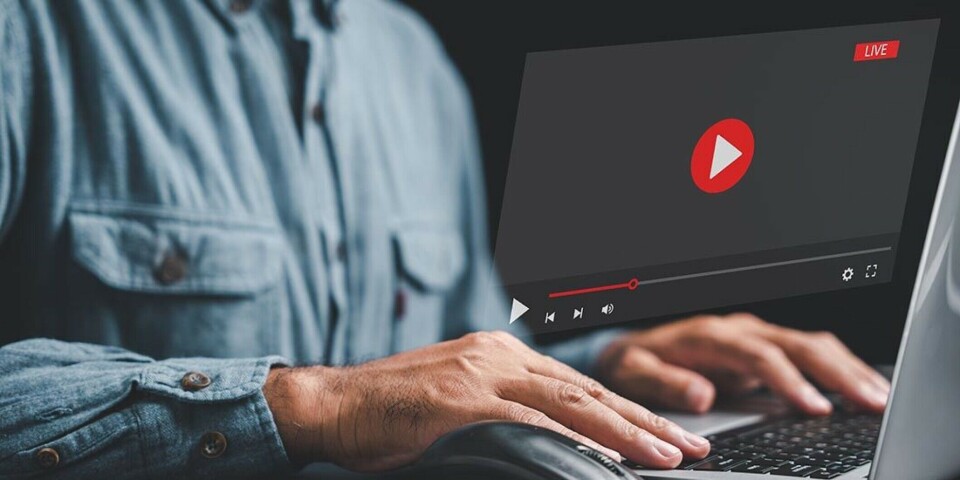THIS CONTENT IS BROUGHT TO YOU BY NTNU Norwegian University of Science and Technology - read more
YouTube could help people with bipolar disorder
People with bipolar disorder are taking to YouTube to talk about it. Researchers believe this could have a range of benefits.

YouTube has become a popular platform for many people with mental health problems. It's a place they can share their own experiences and discuss different aspects of living with a diagnosis.
But how do they talk about life and their disorder, and is posting on YouTube beneficial? Researchers at NTNU and the University of Basel have studied how 39 people with bipolar disorders portray their lives and diagnoses on YouTube.
“We wanted to investigate how the diagnosis of bipolar disorder is portrayed in personal videos on YouTube. We mainly focused on people’s own experiences and reactions to the diagnosis,” said Associate Professor Lucas Bietti at NTNU's Department of Psychology.
He is behind a recent study in collaboration with researcher Eric Mayor from the University of Basel in Switzerland.
More and more researchers are studying how mental health problems are portrayed on YouTube. However, until now, no one has specifically focused on how bipolar disorder is portrayed there.
Personal stories
“People who talk about bipolarity on YouTube tend to share more detailed and personal stories than what's usually seen on other social media platforms,” says Bietti.
The videos often focus on treatment, especially medication and psychotherapy. For the most part, these are described positively.
“But many people also mention side effects and challenges in following the treatment,” says Bietti.
It can of course be very helpful for other people with these types of disorders when someone talks about it openly.
Not only negative aspects
Many different topics arise when people with bipolar disorders discuss their situation. Everyday life is not always easy, but not everything is negative either.
“The majority feel that getting a bipolar diagnosis is negative, but some people are also positive about it. And some are in denial,” says Mayor.
Some people even stop taking their medication or going to therapy in order to preserve an identity they like. This is often linked to manic symptoms.
Relationships are central
There are plenty of challenges.
“Many people experience major emotional, social, and financial consequences of the disorder, including guilt, loss, and heavy strain on relationships with other people,” says Mayor.
Relationships with others are often a major focus. People with bipolar disorders view others as both a source of support and a source of stress.
“Relationships with other people are sometimes linked to where the illness comes from, such as genetics and hereditary factors in the family,” says Mayor.
YouTube testimonies often mention both stigma and self-stigma related to the disorder. This affects both the people themselves and their families.
Peer support
The stories on YouTube are both complex and rich in content.
The researchers believe the study shows that YouTube has potential as a platform for peer support and for raising awareness about mental health.
This insight can be useful for health professionals, researchers, and in targeted information campaigns.
But the researchers also point out the need for more research on how social media affects people’s awareness of mental health.
Reference:
Mayor, E. & Bietti, L.M. A Social Media Study of Portrayals of Bipolar Disorders on YouTube: Content and Thematic Analyses, Journal of Medical Internet Research, vol. 27, 2025. DOI: 10.2196/67129
———
Read the Norwegian version of this article on forskning.no
More content from NTNU:
-
Researchers have uncovered major problems in Norway's salmon industry
-
Why ChatGPT is bad at imitating people
-
Outer space has a trash problem, according to researchers
-
These researchers want quantum computers that work properly
-
If you can hear your neighbour snoring, there’s something wrong with the building you live in
-
The spiders that eat stars, and the researchers who catch them





































